Barrel bodied amphibious Rhino
Recently I've found that the upper Miocene aceratherine rhino Brachypotherium lewisi is considered by Cerdeño(1998), one of foremost fossil perissodactyl experts, as one of the 'heaviest' true rhinocerotids ever, rivaling the Giant Unicorn Elasmotherium caucasicum in this regard. However it was supposedly a semi aquatic, hippo like creature being endowed with short legs and a mixed feeder skull that was not as elongated as in Ceratotherium type strict grazing rhinos, therefore I think both limb and skull lengths might be not as good indicators for Brachypotherium's body mass estimation. *
*The rhino's semi aquatic mode of life however, is being questioned by some authors based on its limb structures being well adapted for locomotion in more open terrains.
Nontheless, condylobasal length of its skull measures greater than 70 cm(Guérin, 2012), whereas that of a fairly large sized white rhinoceros with the total skull measurement of 78 cm appears to be only 69 cm(Hsiang Chang et al., 2004). Now, Brachypotherium probably had a considerably less developed posterior skull crest than in typical open grazers like Ceratotherium or Coelodonta, so the total skull length wouldn't be much different from its condylobasal length, but it still indicates very large overall body dimensions of B. lewisi.
Comparing limb bone measurements of an adult male white rhinoceros(after Hsiang Chang et al., 2004) with those of Brachypotherium found in German wikipedia article (though we can't be sure if these were from B. lewisi or other Brachypotherium species), we see Brachypotherium spp. actually surpasses in forelimb length while its hindlimb length appears significantly lower than those of Ceratotherium simum.
Based on gracility index of McⅢ, Cerdeño(1998) showed that the lowest gracility corresponded to teleoceratines, meaning, they were skeletally the most robust among known rhino taxa.
It could've been the case then, that Brachypotherium species would surpass most other rhinos of similar body dimensions in terms of long bone circumferences and torso girth.
Do you think B. lewisi, the largest of teleoceras-type barrel bodied rhinos, really could've rivaled the Giant Unicorn or for that matter, even the woolly rhinoceros(slightly larger than the white rhinoceros) in body mass?
~the Saber Panther










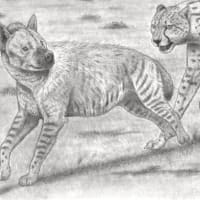


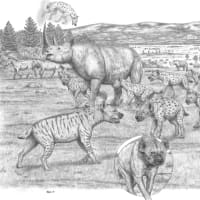
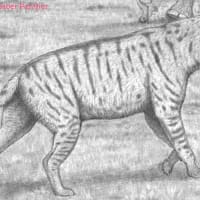
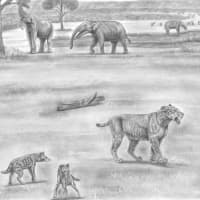
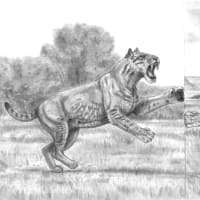

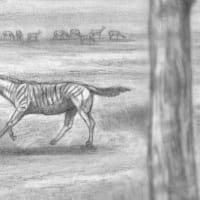
※コメント投稿者のブログIDはブログ作成者のみに通知されます